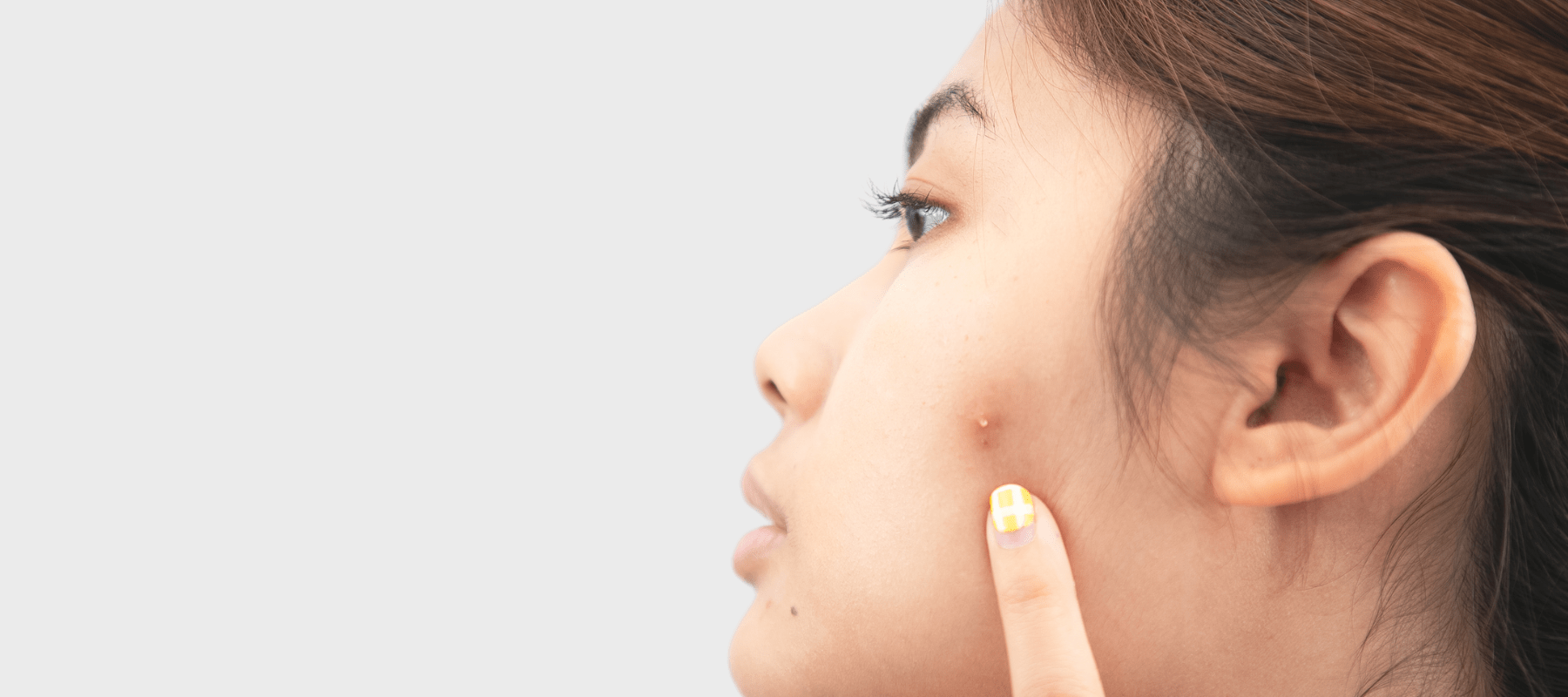
All You Need to Know: Why We Get Pimples on The Face
Commonly referred to as pimples, unpleasant blemishes frequently appear on the skin, mainly on your face. Whether you're an adult enduring occasional breakouts or a youngster navigating through puberty, understanding what causes these facial breakouts is integral for their successful prevention and treatment.
What are pimples and how do they form?
Acne manifests through infected or inflammatory sebaceous glands. Understanding the functioning of our skin is pivotal to understanding the scientific basis behind pimple formation.
The skin, the body's largest organ, features microscopic pores that connect to sebaceous glands. These glands release an oleaginous substance called sebum, a protective barrier against environmental elements and an essential moisturiser for healthy skin. However, disruptions in this process lead to acne manifestation when things steer off course.
Wondering, ‘Why do pimples come on face?’ Pimple formation begins when these pores become clogged. There are four primary elements involved in this process:
1. Excess Sebum Production
One of the main contributing reasons to why we get pimples on face is the excessive production of sebum by the sebaceous glands. Hormonal changes, often observed in teenagers undergoing puberty, can trigger this condition. Androgens, for instance, induce increased secretion of sebum from sebaceous glands, consequently escalating chances for skin pore blockages.
2. Dead Skin Cells
The old skin cells shed to make room for new ones, but sometimes this process goes wrong. Dead skin cells can build up and combine with sebum to block pores if they are not adequately removed from the skin's surface.
3. Inflammation
The body's normal reaction to injury and infection is inflammation. The immune system produces redness and swelling around the afflicted area as soon as it recognizes P. acnes and the clogged pores.
Factors that contribute to pimple development
Now that we know the fundamentals of how pimples grow, let's investigate the causes of this prevalent skin condition.
- Hormones: Hormonal fluctuations significantly influence the development of pimples. Elevated androgen levels, commonly observed during puberty, activate sebaceous glands. This leads to an overproduction of sebum as we noted previously.
- Genetics: Primarily, your genetic makeup determines the likelihood of developing acne. You face a higher risk for its development if either of your parents or any siblings have experienced acne. Certain genetic variables can influence how quickly zits appear by impacting factors such as the generation of sebum in your skin, inflammation reactions and shedding of dead skin cells.
- Diet: Evidence suggests certain dietary components may indeed influence pimple development, though research into the direct relationship between diet and acne is still underway. Diets rich in sugar and processed foods, potentially exacerbating inflammation and sebum production, can increase acne likelihood. Additionally, individuals might experience worsening acne when consuming dairy products.
Also read: Difference Between Acne and Pimples
Different types of acne and their causes
Not all acne is identical as a variety of pimples may manifest on your face. Understanding the unique causes and characteristics of each type is imperative for both effective treatment and prevention.
1. Blackheads and whiteheads
Whiteheads and blackheads are non-inflammatory acne. Whiteheads occur when pores are clogged with sebum and dead skin cells, trapping them beneath the skin's surface. Blackheads, on the other hand, are open pores clogged with the same materials. The black appearance is due to oxidation, not dirt. These types of acne are often the result of excess sebum production, and poor skin shedding, and can be influenced by genetics.
2. Papules and pustules
Red, swollen, elevated pimples are called pustules and papules. They develop as a result of P. acnes bacteria growing inside an obstructed pore and causing irritation. Papules are usually little red or pink pimples that don't appear to have a pus-filled core. In contrast, pustules contain a white or yellow centre that is filled with pus. Both blocked pores and the inflammatory reaction of the immune system causes these types of acne.
3. Nodules and cystic acne
Severe and frequently painful forms of acne are nodules and cystic acne. Large, solid lumps under the skin's surface are called nodules, whereas pus-filled, swelling lesions are associated with cystic acne. These forms of acne have deep roots. They frequently arise from inflammation that damages surrounding tissues by spreading deeper into the skin. They are more likely to cause scars and can be very painful. Nodules and cystic acne are frequently caused by genetics, hormonal changes, and acute inflammation.
The Pink Foundry's Clearing & Calming Acne Face Wash and Acne Care & Healing Gel Moisturiser with Tea Tree & Cica form a potent duo to combat acne. The face wash gently cleanses, removing impurities and excess sebum. The moisturiser promotes healing and soothes irritated skin. Together, they offer an effective solution to clear acne, prevent breakouts, and nurture healthier, calmer skin.
Also read: 10 Reasons for Pimples on Face
Conclusion
The answer to the question ‘Why pimples occur on the face?’ reveals the intricate connection between sebum production, dead skin cell shedding, bacterial growth and inflammation. Numerous factors such as nutrition, hormones and heredity influence an individual's susceptibility to acne.
A comprehensive understanding of the diverse forms of acne along with their fundamental causes is essential for effective prevention and treatment. While acne can be an annoying and enduring condition, people can attain clearer, healthier skin by adopting a comprehensive strategy that takes these underlying causes into account. So now you know what to do the next time a pimple pops up on your face!






















































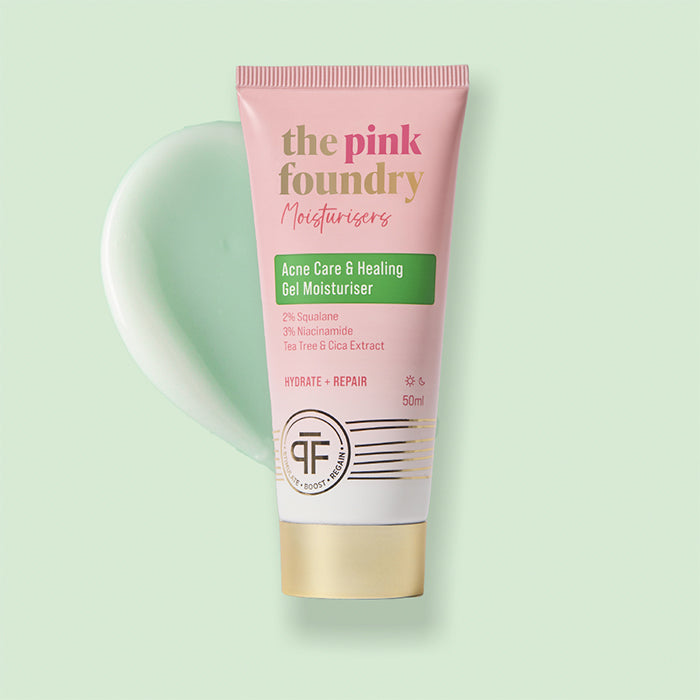

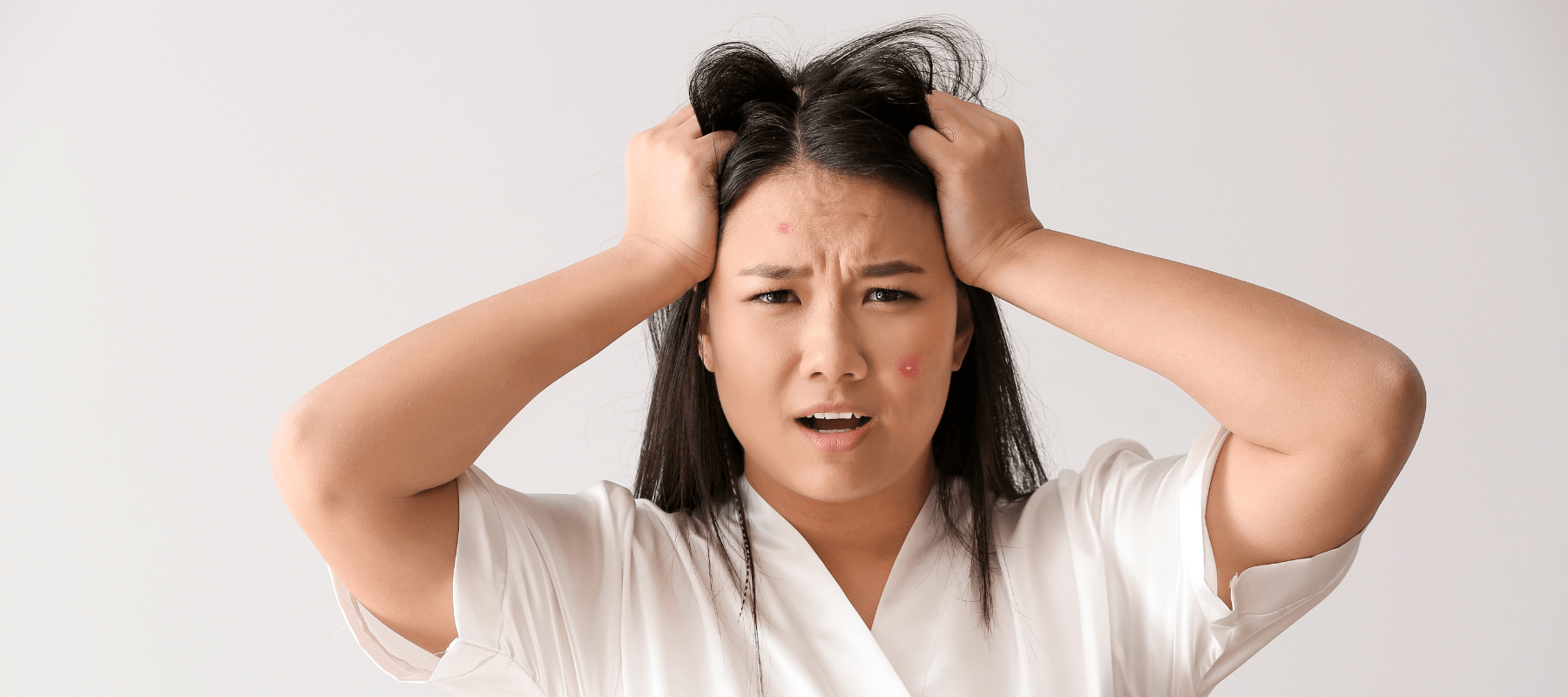
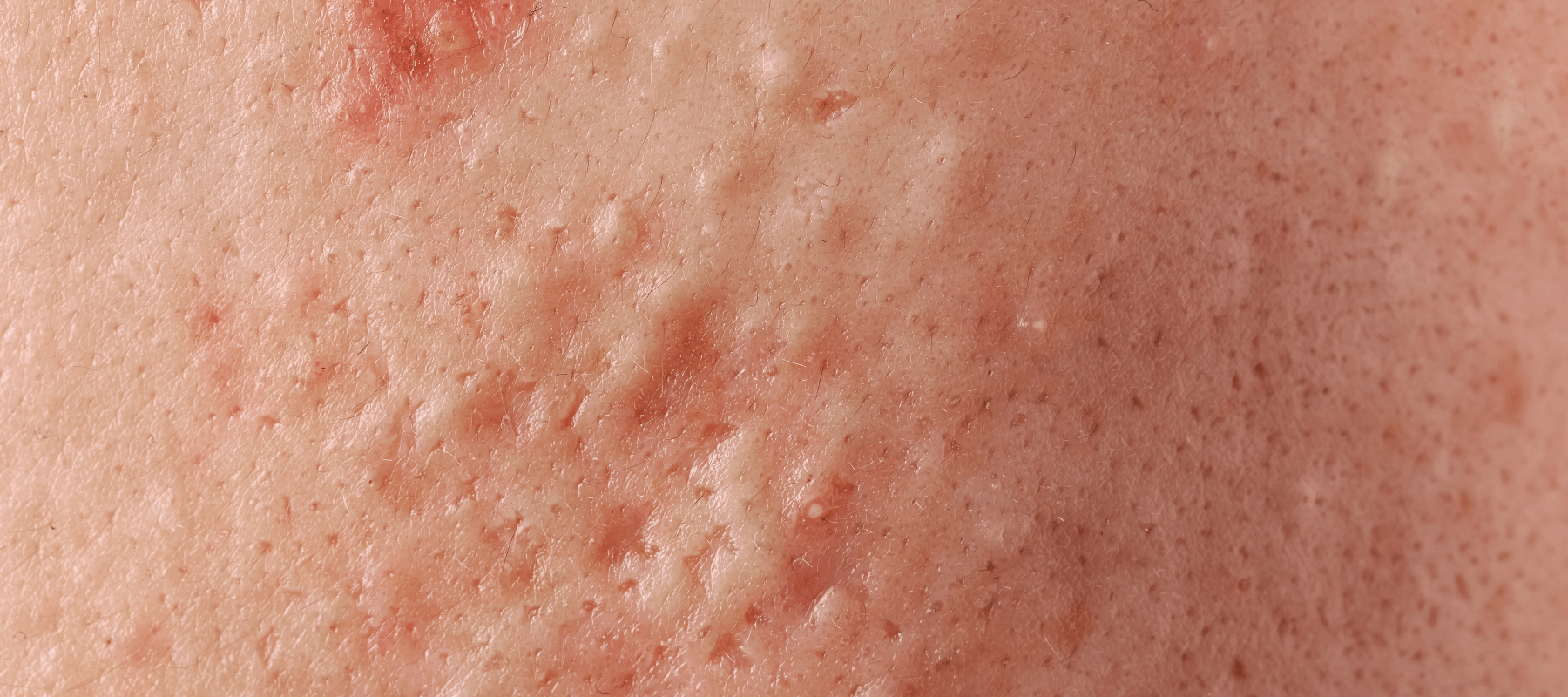
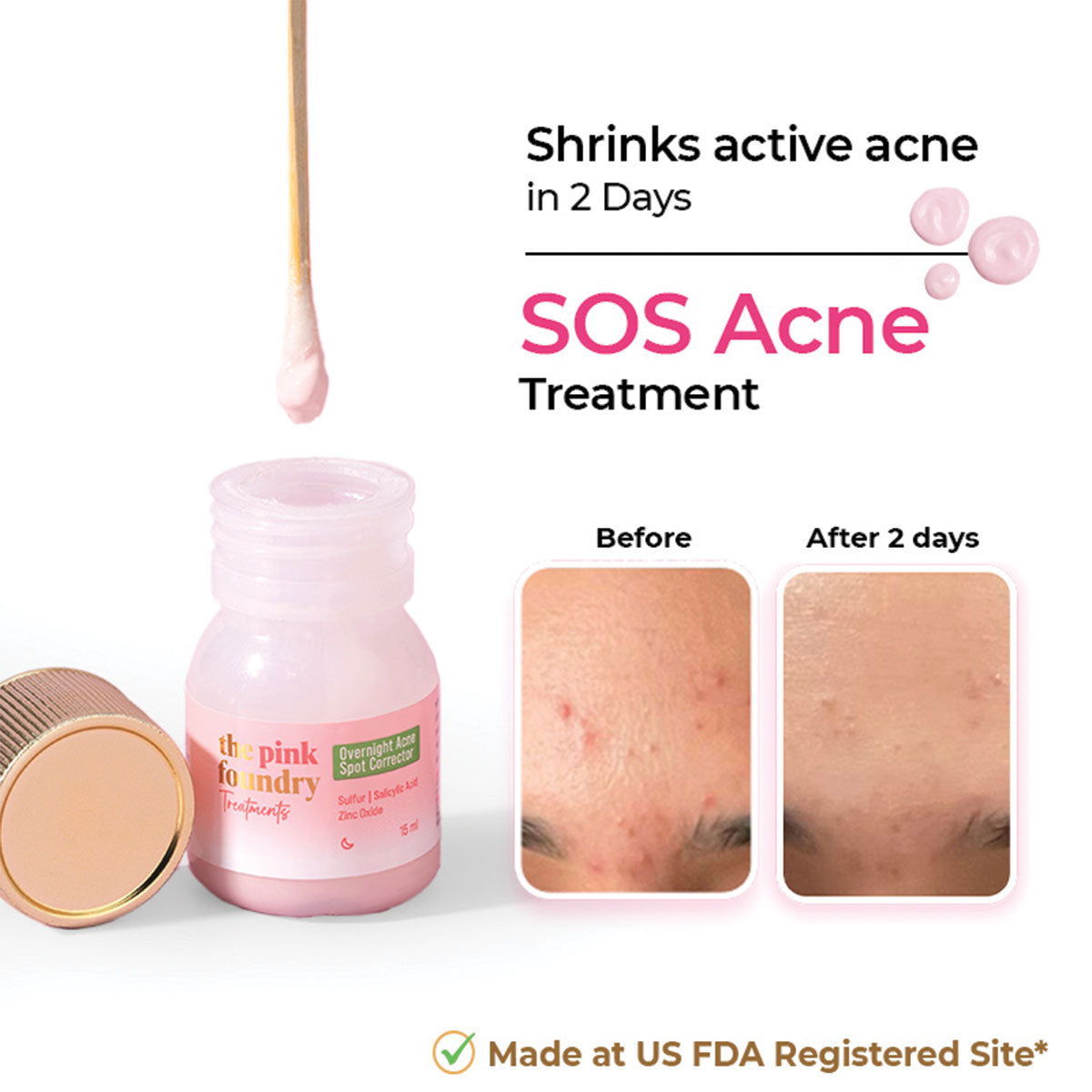
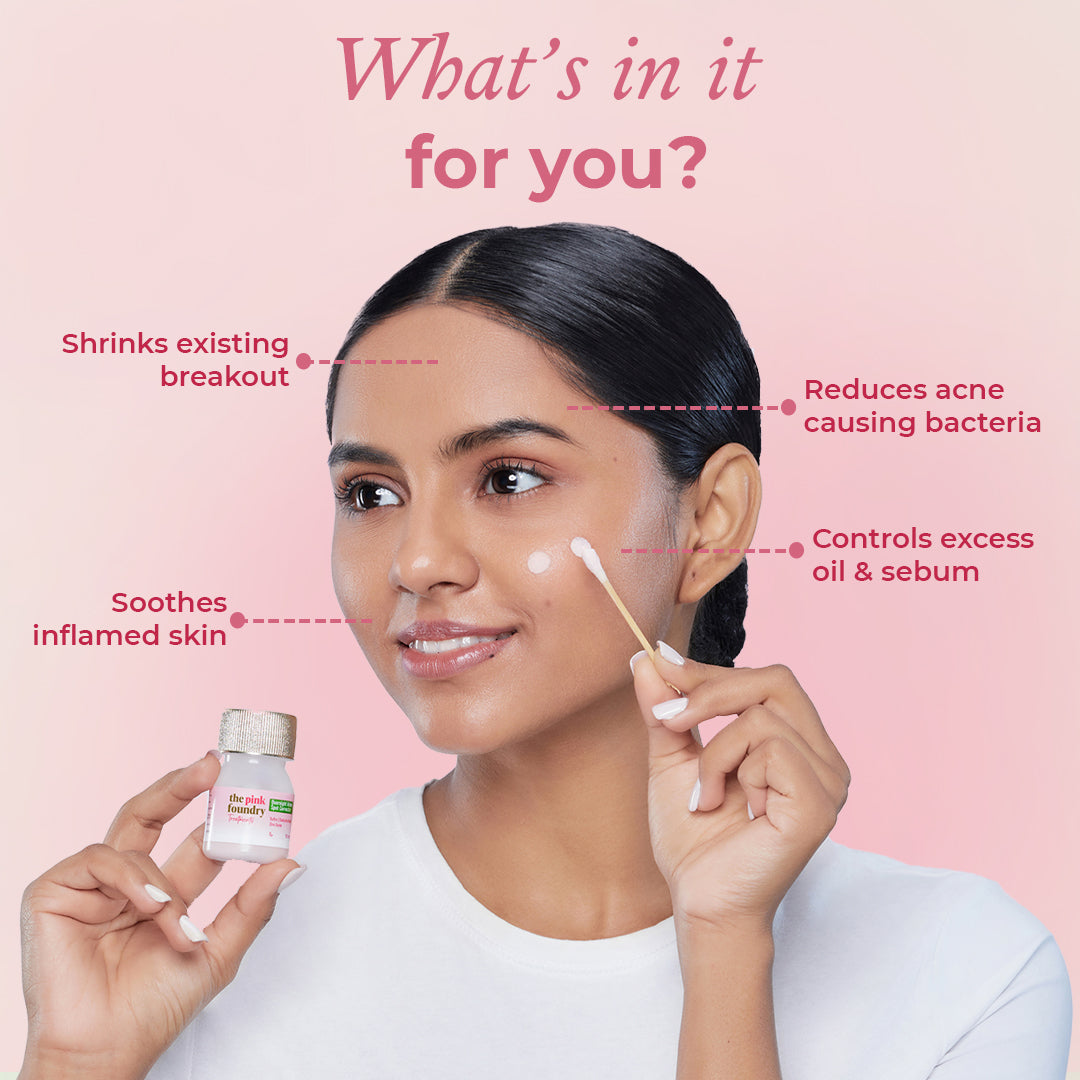
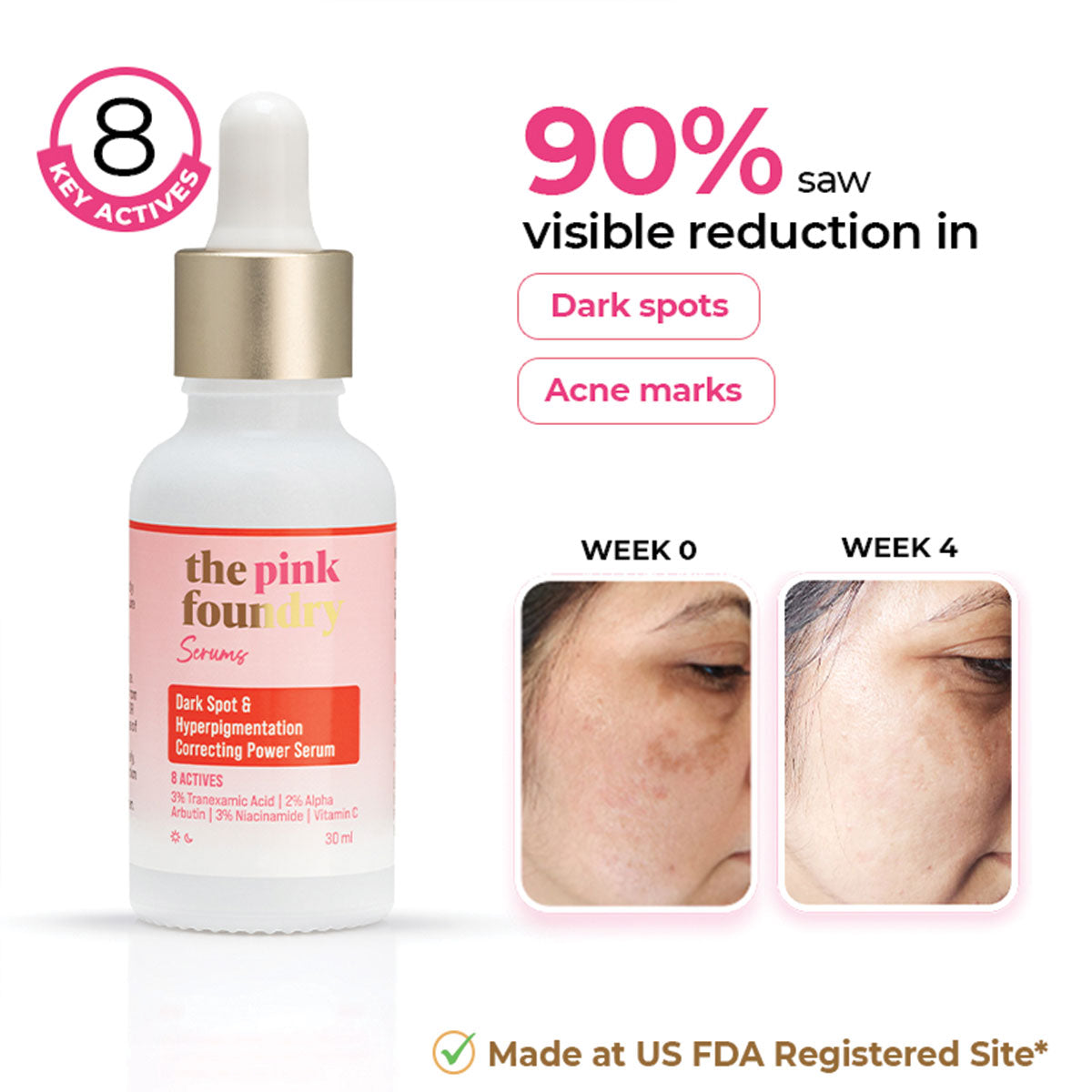
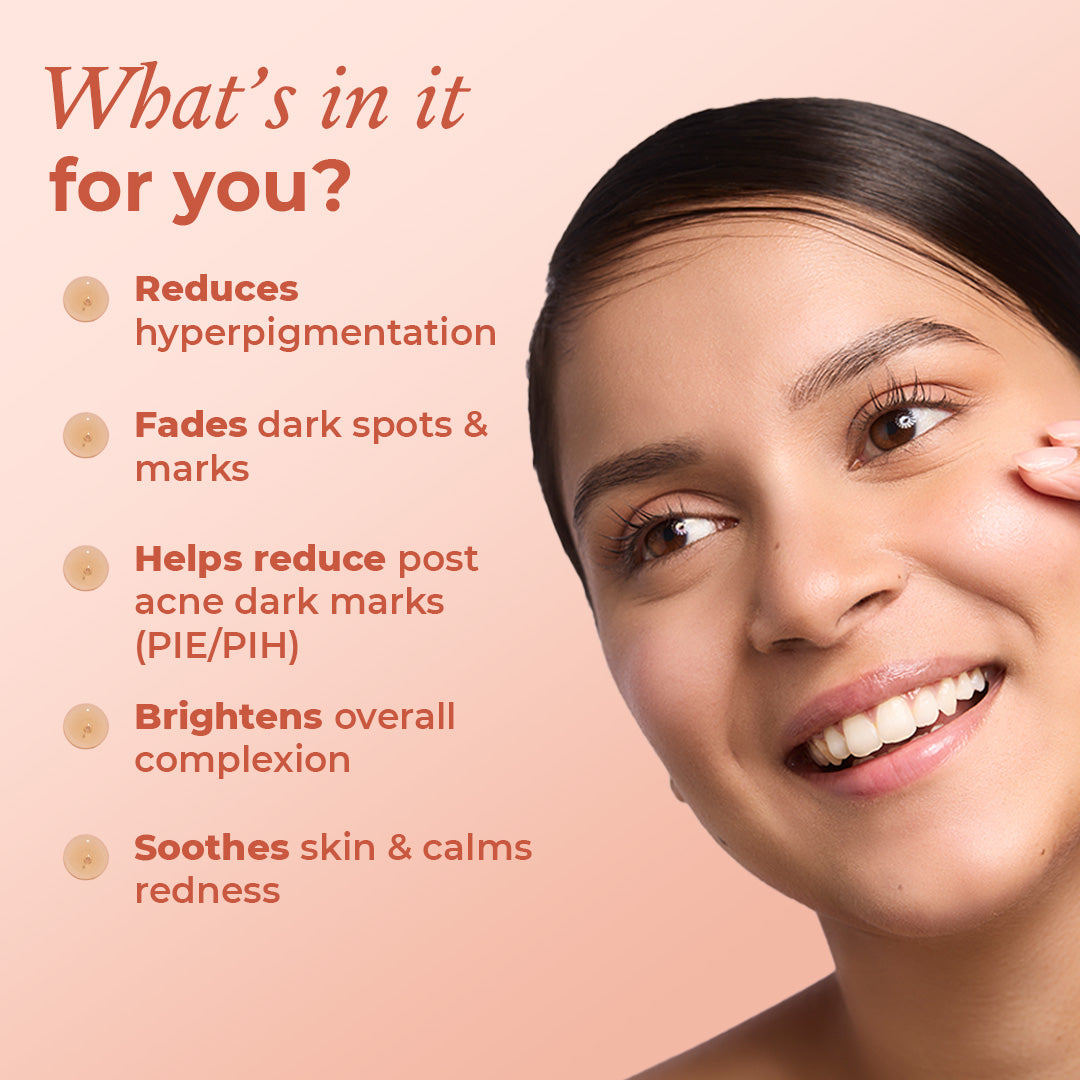
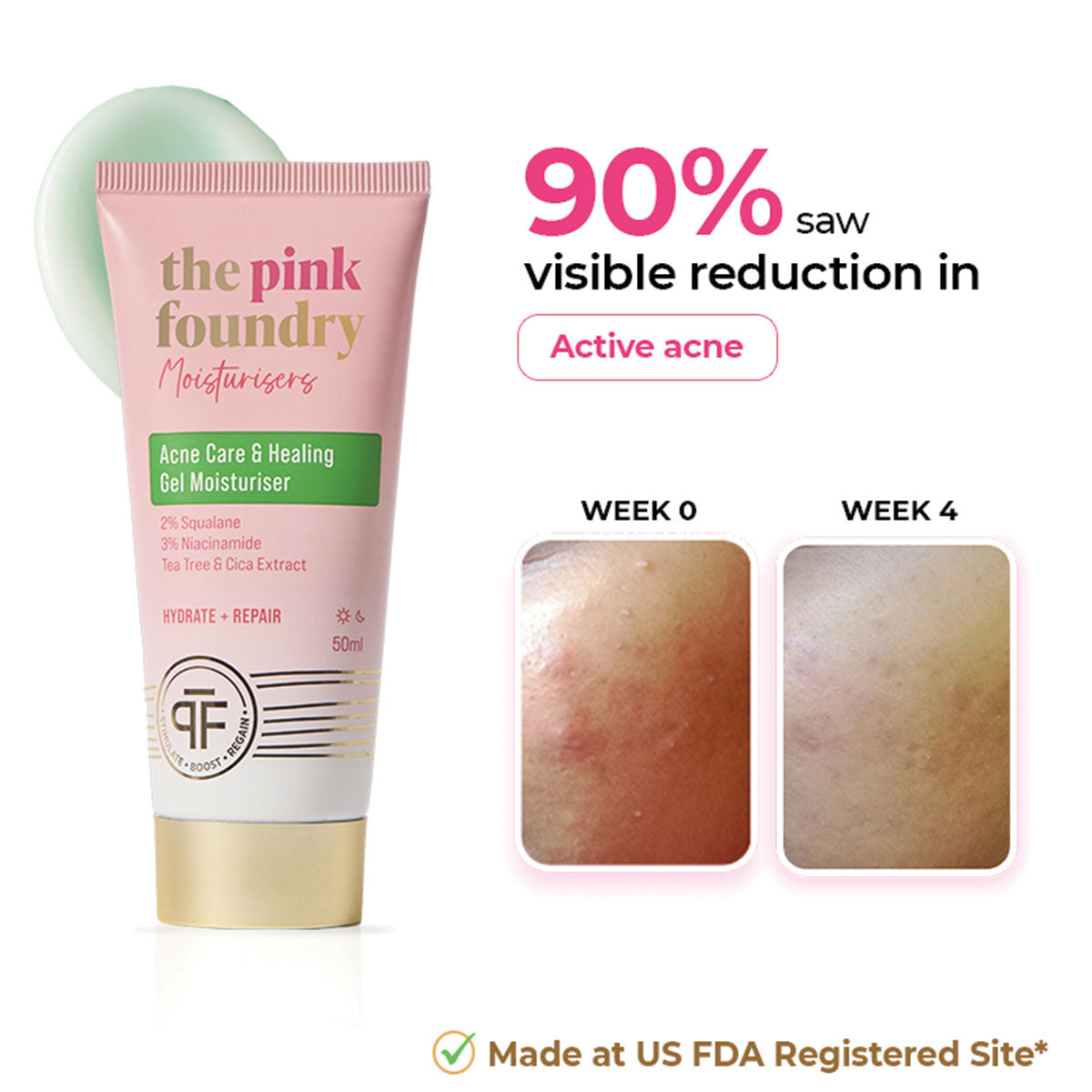
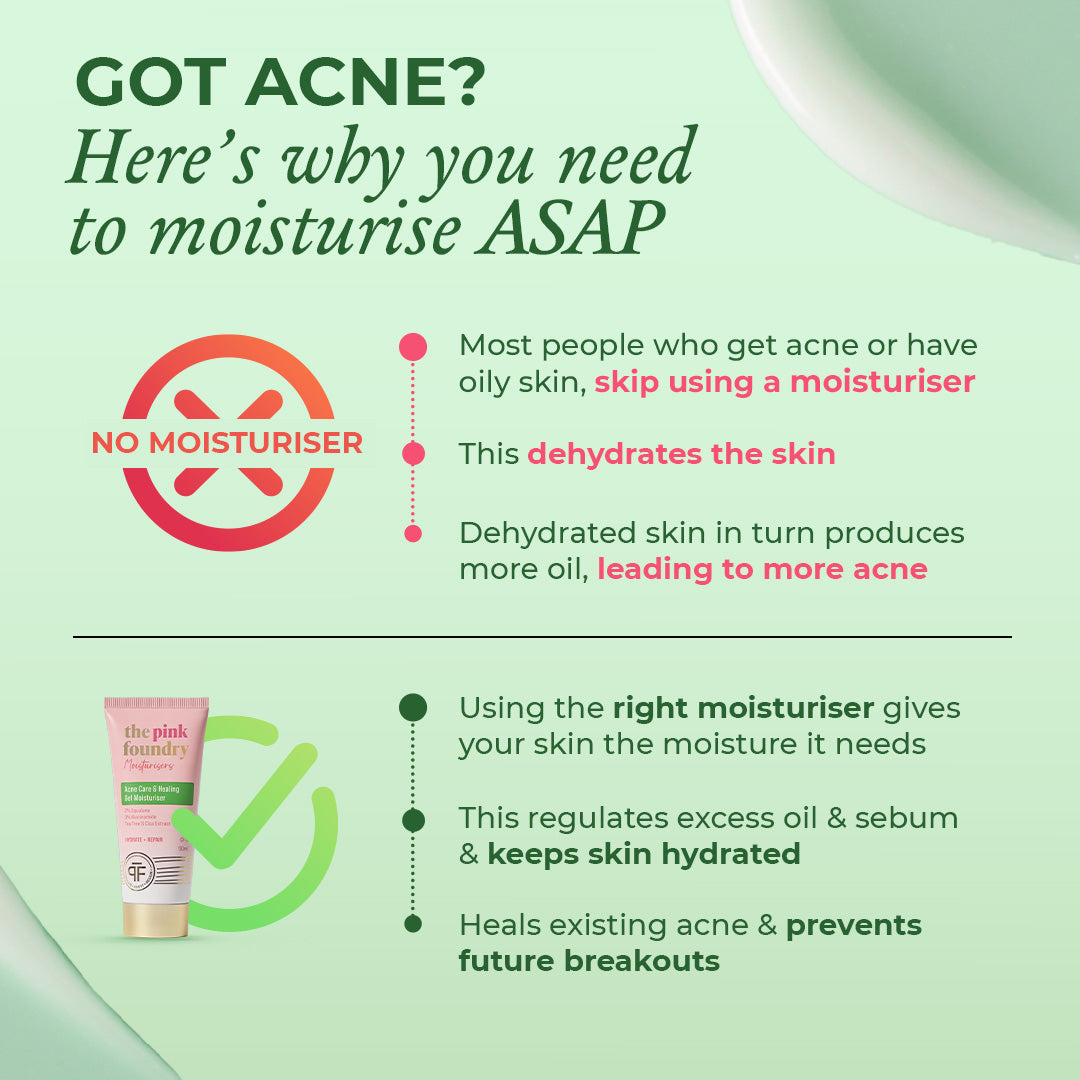
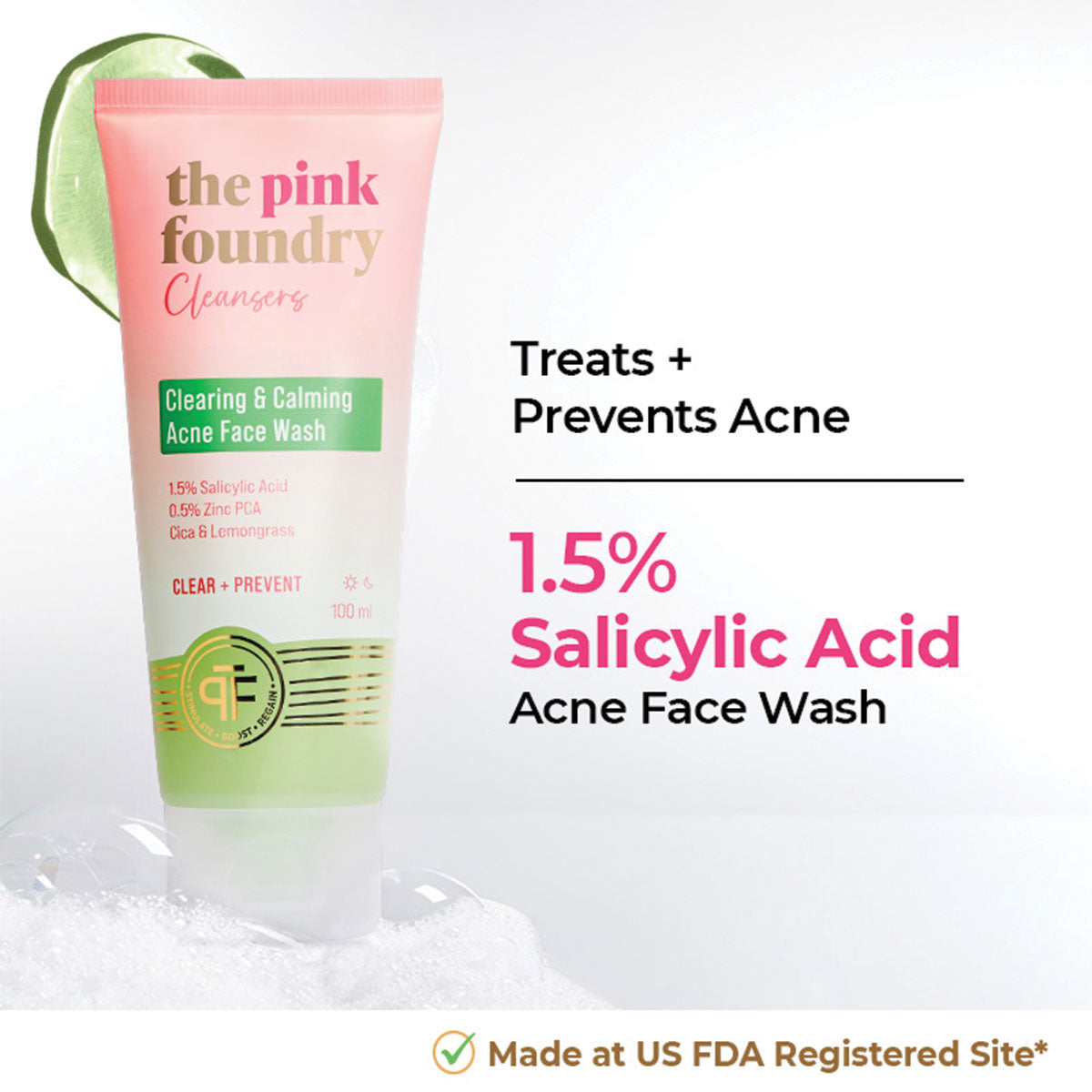
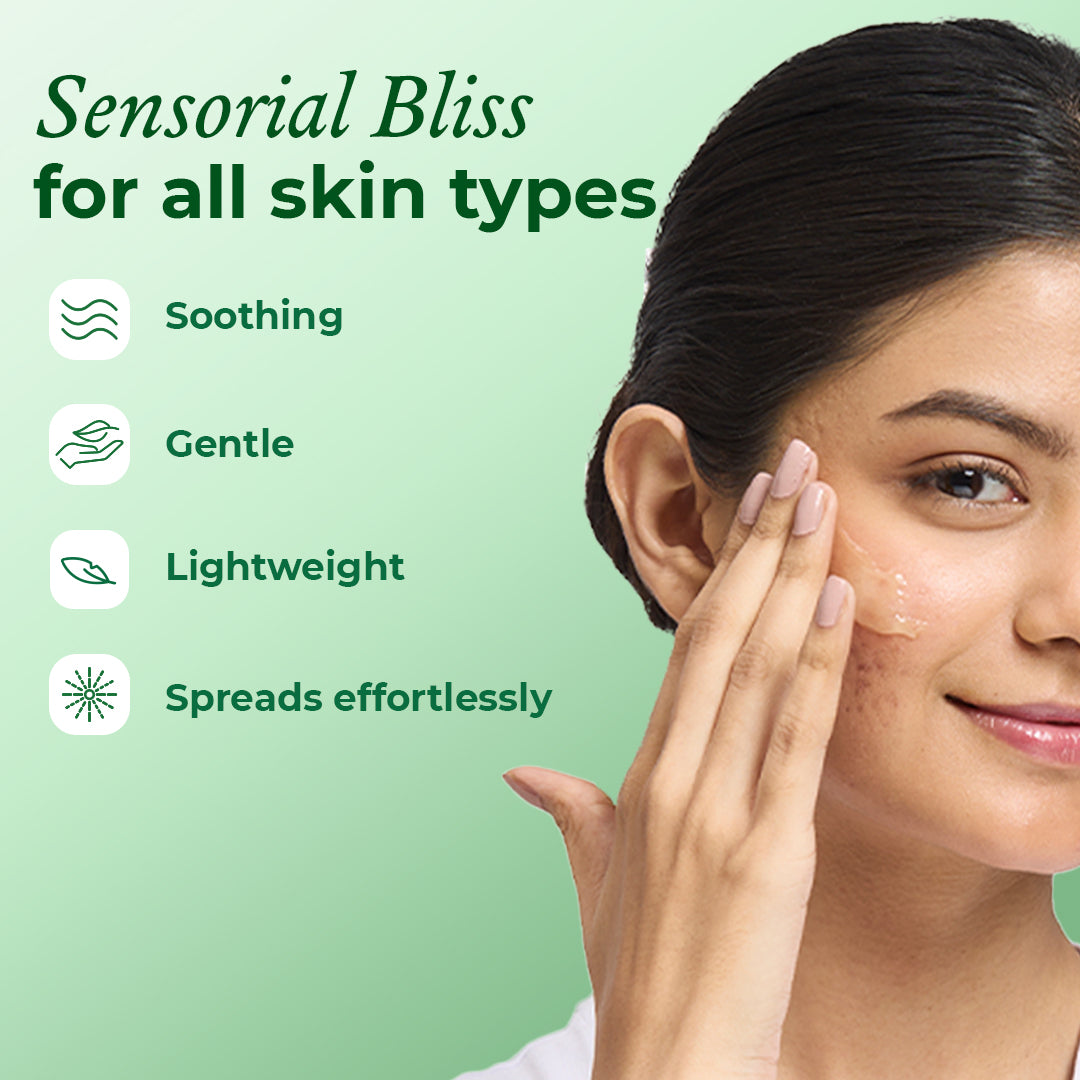
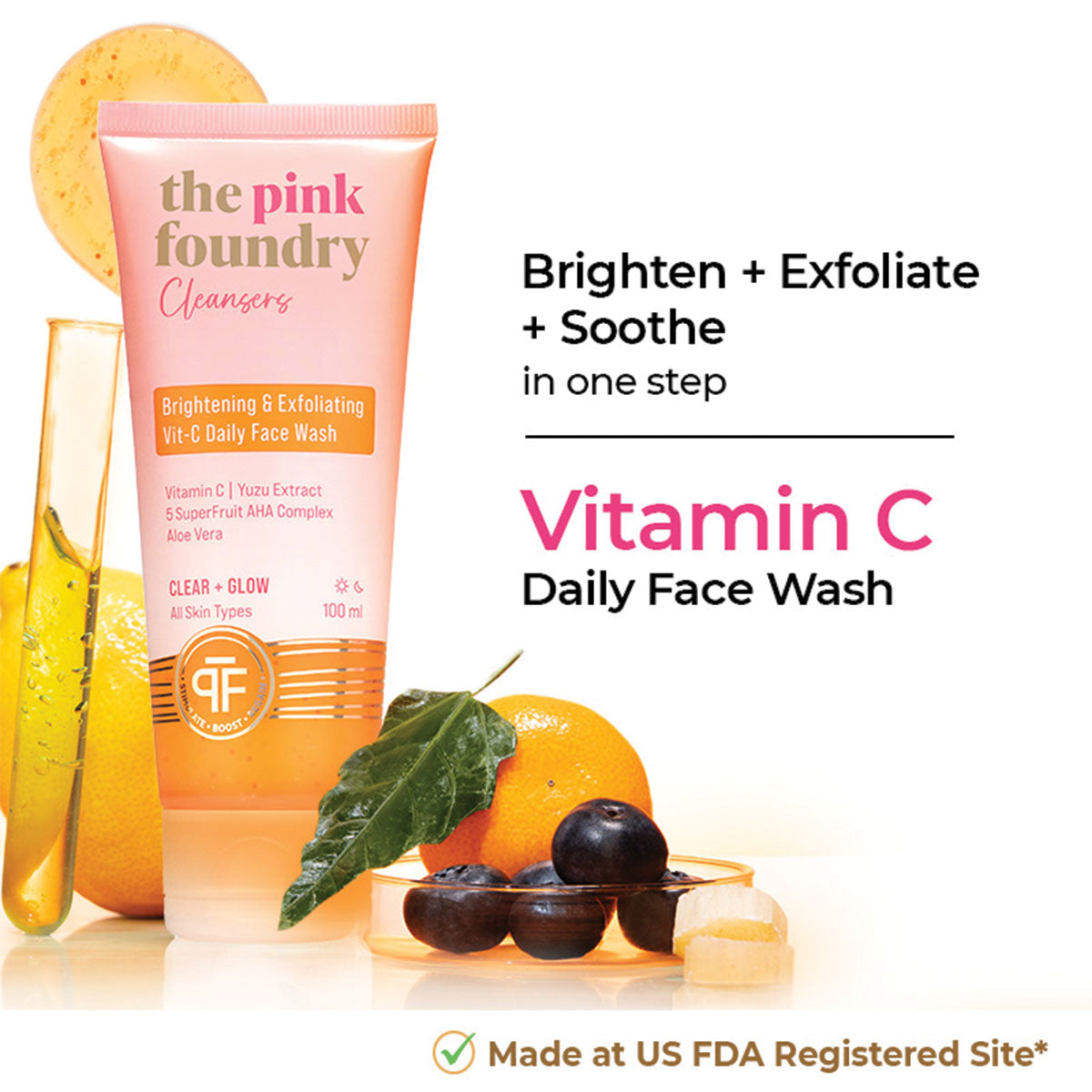
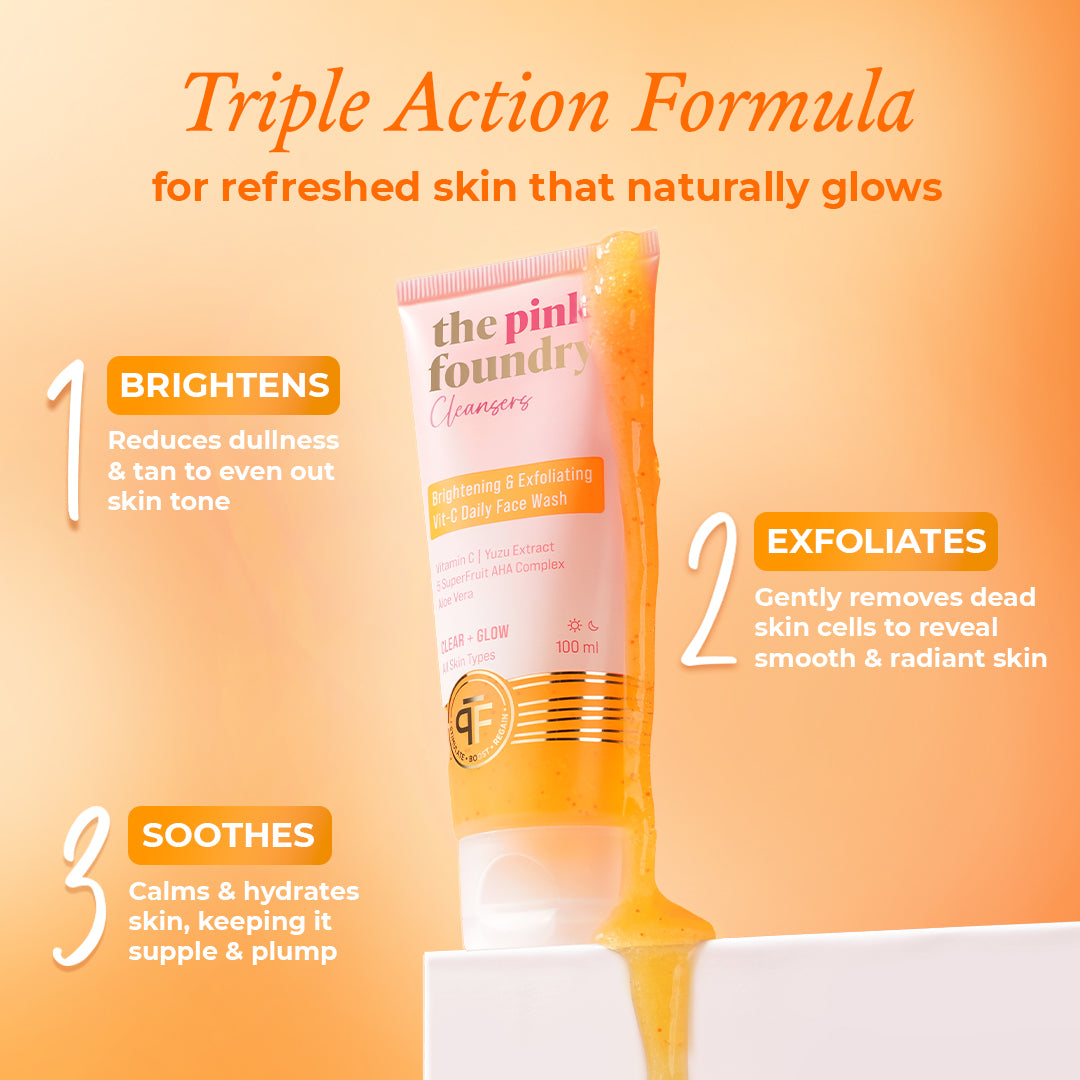
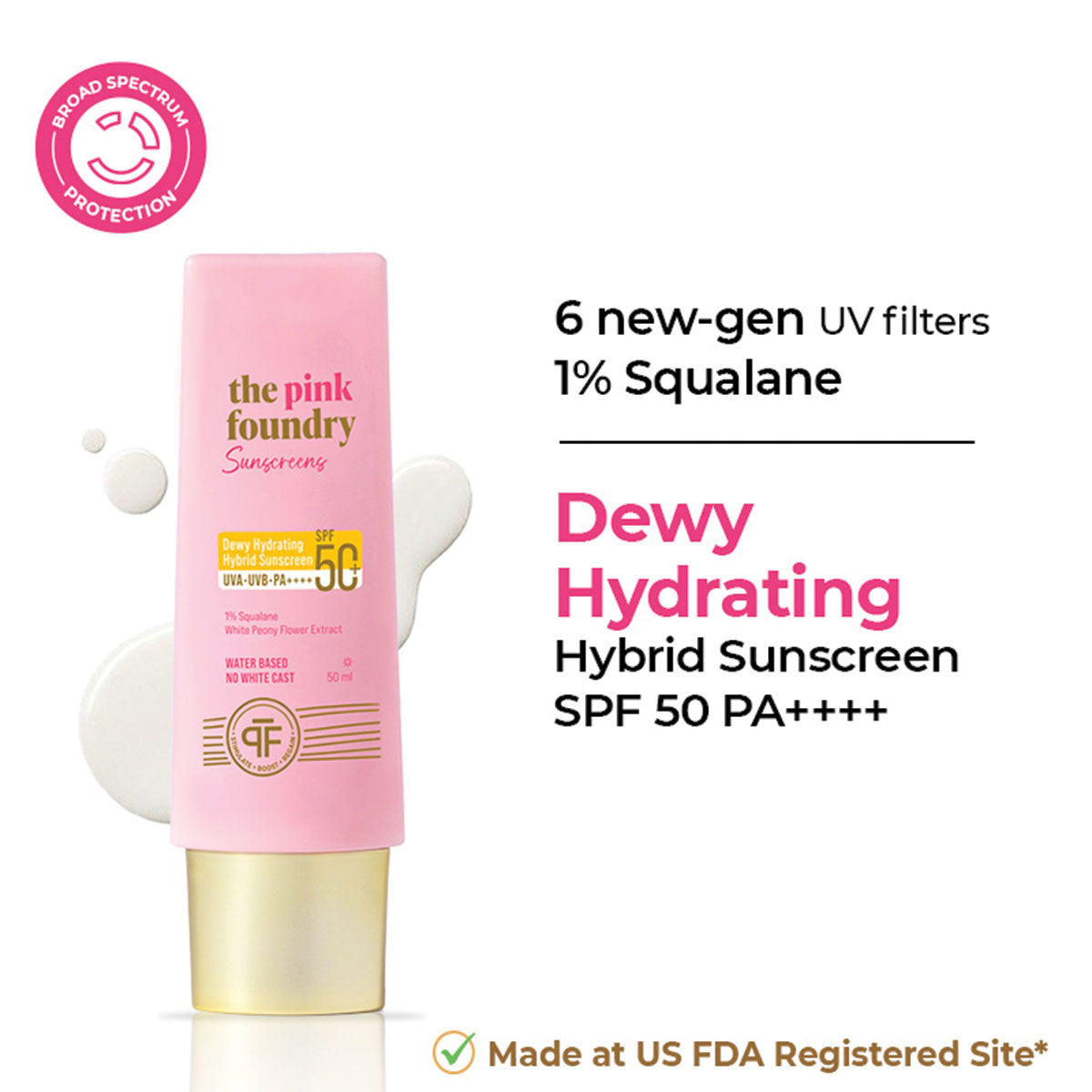
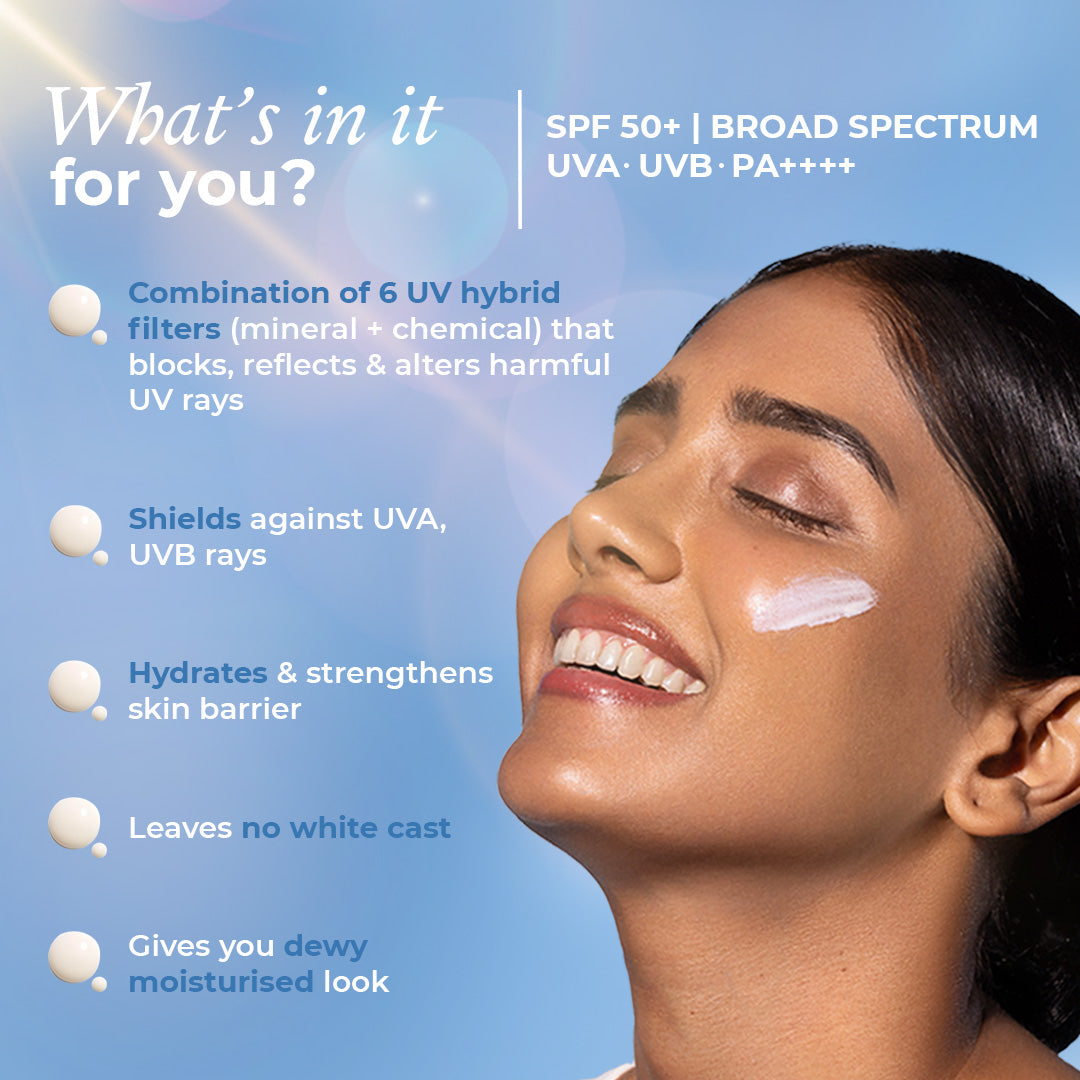
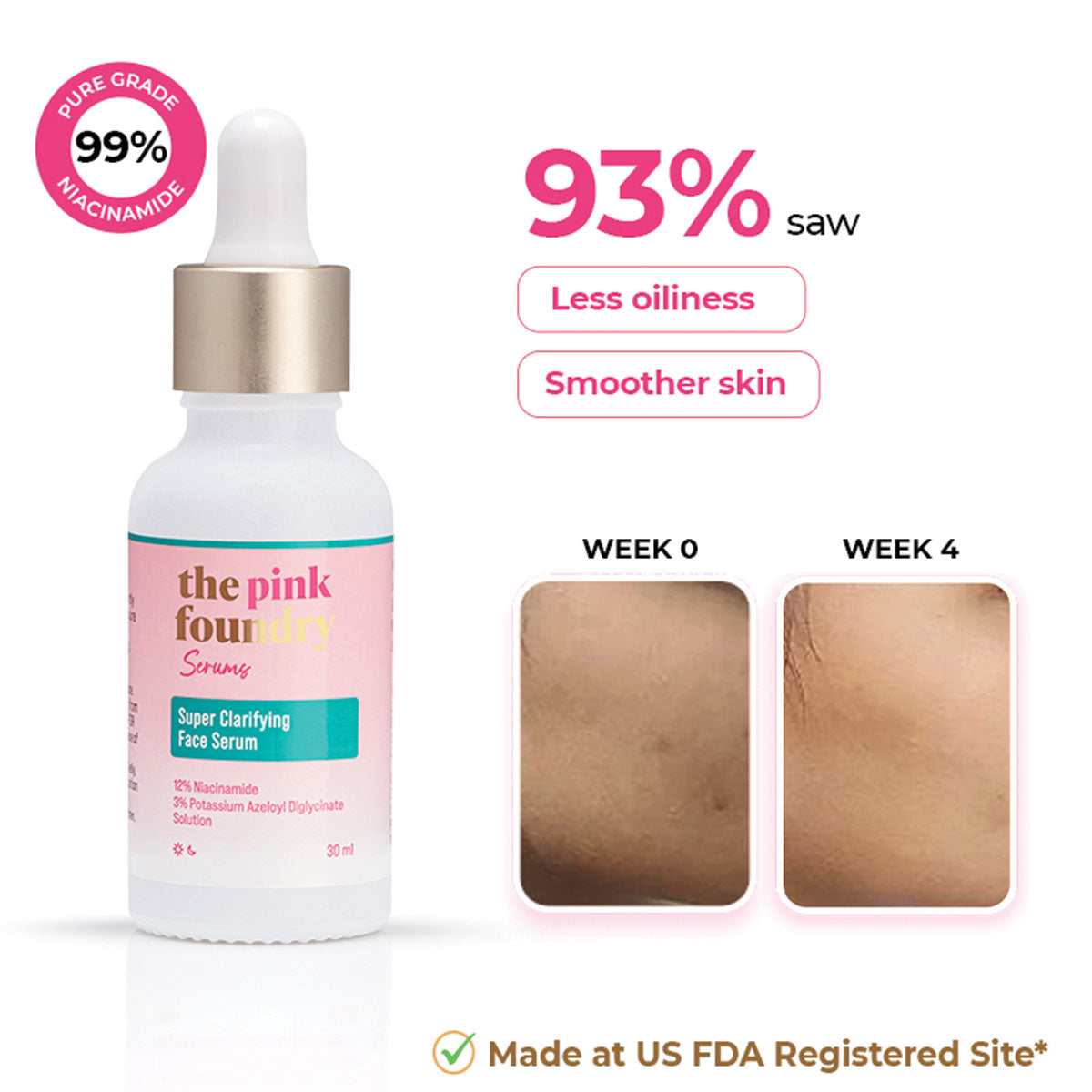
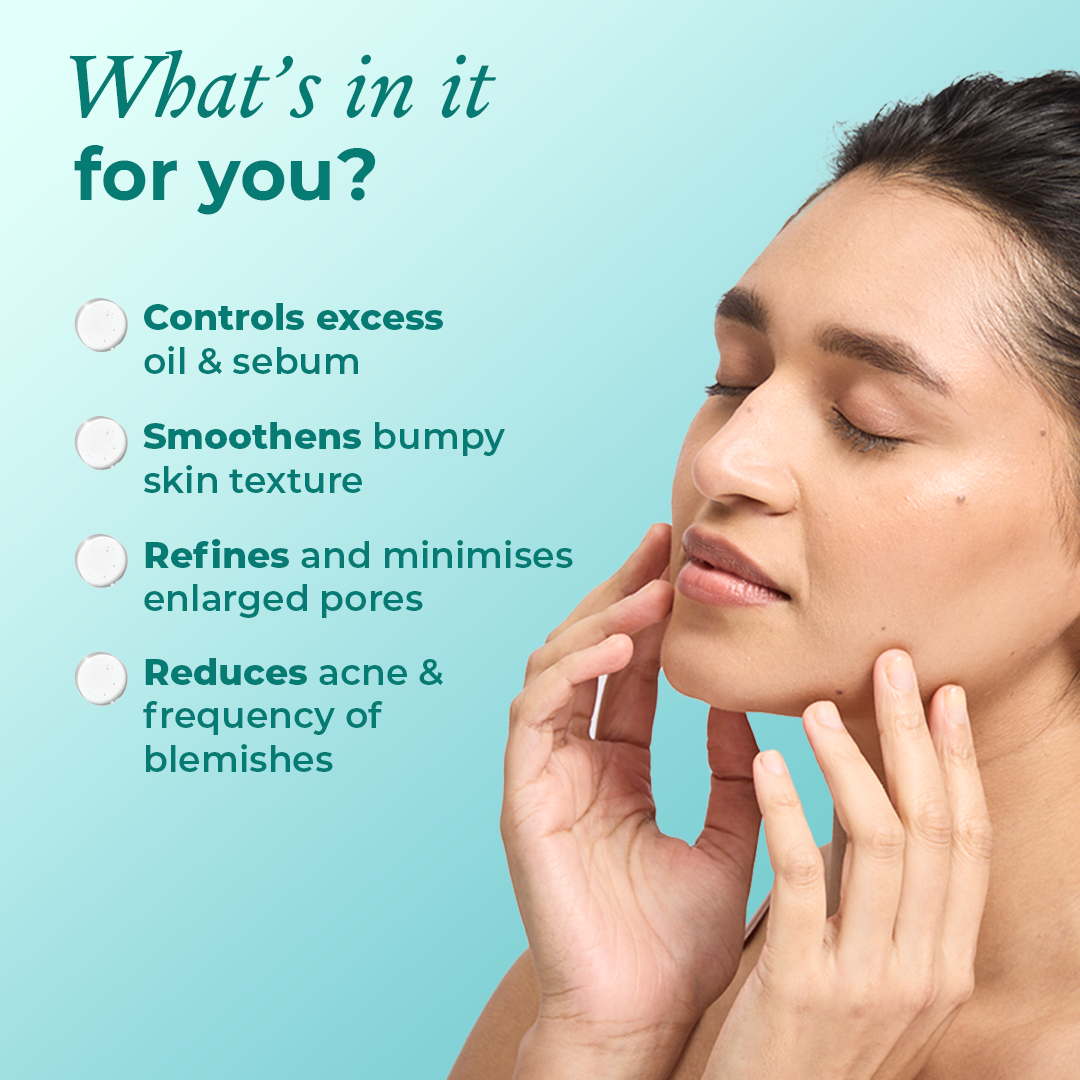
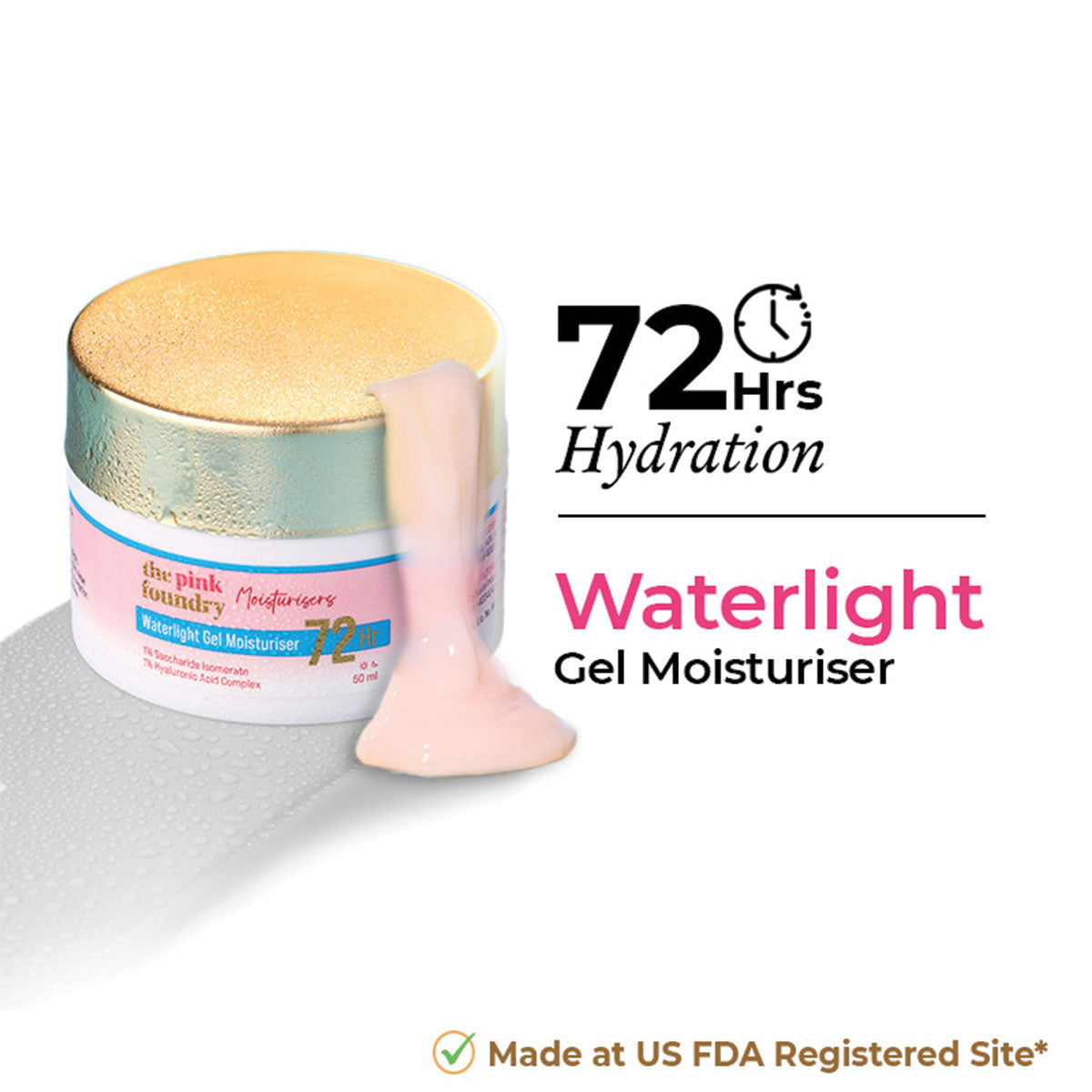
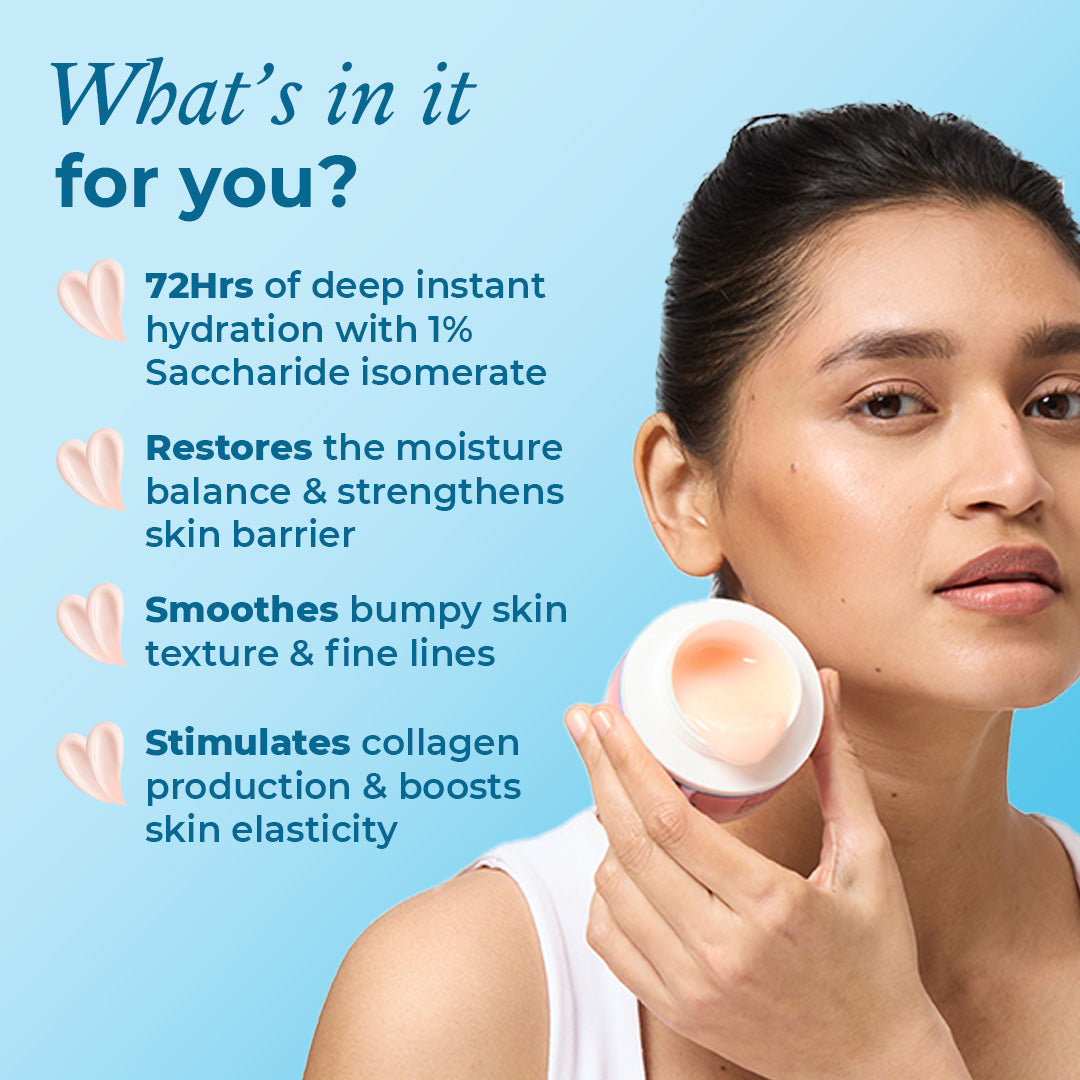




Leave a comment
This site is protected by hCaptcha and the hCaptcha Privacy Policy and Terms of Service apply.